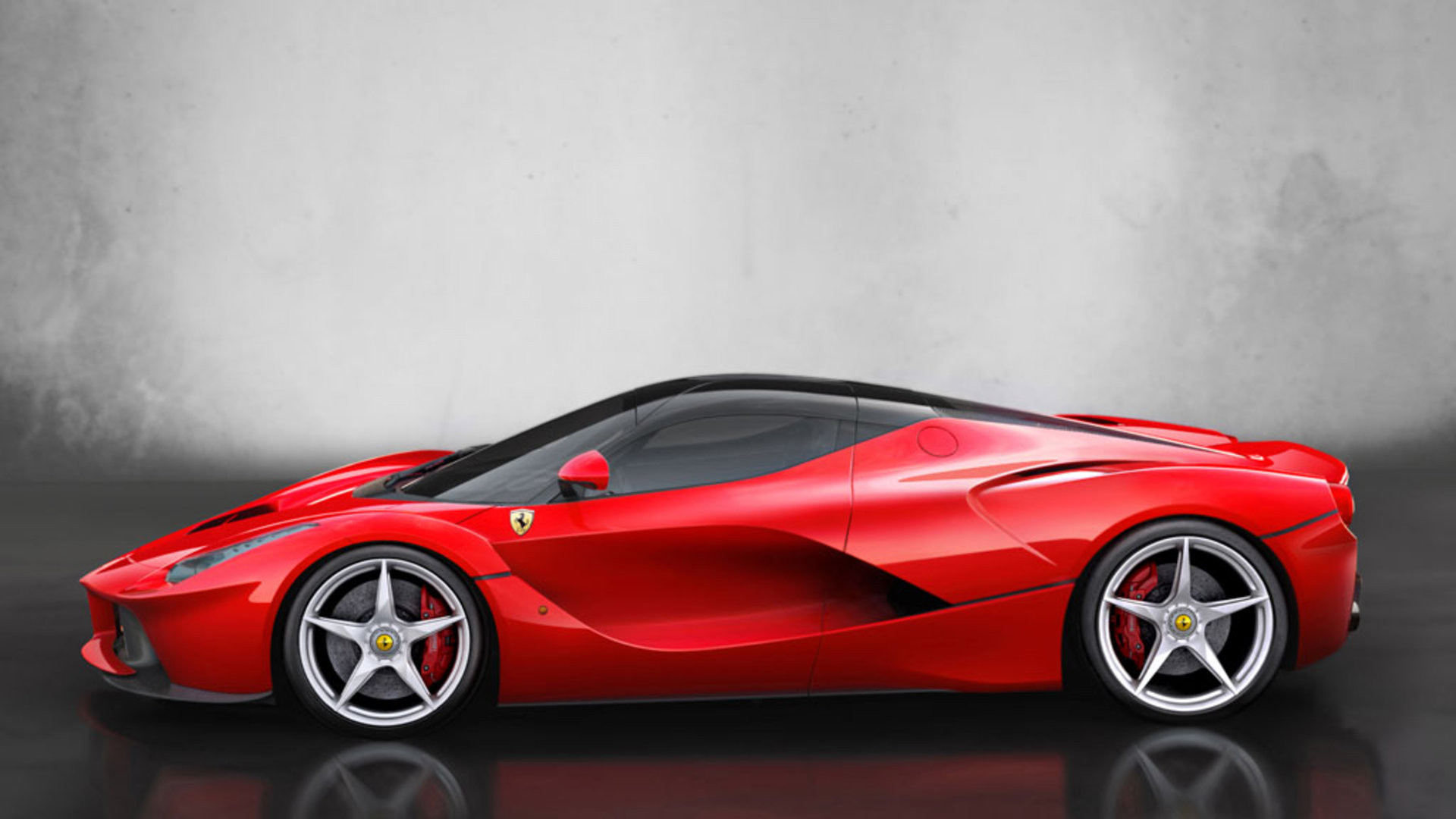To come up with a successor to the LaFerrari hypercar – regarded as the Ultimate Ferrari – would not be easy. The LaFerrari was an ambitious project with only 499 units produced between 2013 and 2018.

Now, with new technologies, the automaker has a worthy successor – the F80 – with performance resulting from an extreme development of the internal combustion engine. With a combined maximum power of 1,200 ps, the V6-hybrid powertrain of the F80 makes it the most powerful road car ever to come out of the gates of the Ferrari factory.
![Ferrari F80 [2024]](https://www.motaauto.com/wp-content/uploads/2024/10/Ferrari-F80-2024-1.jpg)
![Ferrari F80 [2024]](https://www.motaauto.com/wp-content/uploads/2024/10/Ferrari-F80-2024-2.jpg)
Like the LaFerrari, the F80 will be a limited edition and only 799 units will be available. No doubt, every unit will be taken up and Ferrari dealers are likely to have already received deposits yesterday when the news came out. Of course, Ferrari would probably have alerted some of its clientele earlier and perhaps even given them a preview.
The F80 employs all the most advanced technological solutions, including latest-generation hybrid technology for the powertrain, while every aspect of the architecture is conceived to maximise performance on the track.
![Ferrari F80 [2024]](https://www.motaauto.com/wp-content/uploads/2024/10/Ferrari-F80-2024-6.jpg)
However, unlike anything else in the current supercar world, the F80 combines all its superlative attributes and also has uncompromising levels of usability on the road, where it can be driven with ease. This ability shaped every choice made in terms of technology and architecture to achieve the goal of creating a track-oriented supercar that’s just as driveable as a production range model.
![Ferrari F80 [2024]](https://www.motaauto.com/wp-content/uploads/2024/10/Ferrari-F80-2024-10.jpg)
The architecture of the F80 is so extreme that the layout chosen results in a narrower cabin with a driver-centric layout, which still offers space and comfort for a passenger. The cockpit area therefore has a distinct single-seater feel, despite the fact that the car is homologated for two occupants, resulting in an architecture that Ferrari calls ‘1’.
The primary reason for this choice was to minimise width, to the benefit of aerodynamics (with less drag) and weight saving. This concept is completely in keeping with the motorsport world from which this car not only draws inspiration but also inherits technological solutions.
![Ferrari F80 [2024]](https://www.motaauto.com/wp-content/uploads/2024/10/Ferrari-F80-2024-8.jpg)
The driver gets a new steering wheel developed specifically for this hypercar. Its design will be the basis of steering wheels in future road-going models as well. Slightly smaller than its predecessor and with flattened top and bottom rims, the steering wheel also has a smaller boss, improving visibility and accentuating the sense of sportiness when driving. The lateral zones of the rim are optimised to ensure a better grip with or without gloves.
The physical buttons on the right and lefthand spokes of the steering wheel make a return here, replacing the full-digital layout used by Ferrari in recent years with a solution with easier to use buttons that can be instantly identified by touch.
As has always been the case with the Ferrari supercars preceding the F80, the powertrain is draws on much of the technology used in Ferrari F1 racing cars. The GTO and F40 were powered by a turbocharged V8, when F1 cars used such engines in the 1980s.
![Ferrari F80 [2024]](https://www.motaauto.com/wp-content/uploads/2024/10/Ferrari-F80-2024-9.jpg)
Today, in both F1 and the World Endurance Championship, powertrains consist of turbocharged V6 ICE engines mated with an 800V hybrid system. It was only natural then that this architecture – the same architecture used by the 499P, which has taken 2 consecutive victories at the 24 Hours of Le Mans – would be transferred into the new F80.
The technological advancement includes, for the first time ever on a Ferrari, electric turbo technology (e-turbo). This has an electric motor installed between the turbine and compressor of each turbocharger, boosting specific power output substantially and providing instantaneous response from low down in the rev range.
Aerodynamics play a key role on the F80, with solutions such as the active rear wing, rear diffuser, flat underbody, front triplane wing and S-Duct working in concert to generate 1000 kgs of downforce at 250 km/h. This result is further enhanced thanks to the active suspension, which contributes directly to generating ground effect.
Performance is boosted by the electric front axle, which brings four-wheel drive capability to make even more effective use of the torque and power on tap, and the new brakes with motorsports-derived CCM-R Plus technology.
![Ferrari F80 [2024]](https://www.motaauto.com/wp-content/uploads/2024/10/Ferrari-F80-2024-4.jpg)
As with all the supercars preceding it, the F80 marks the start of a new design era for Ferrari, with a more tense, extreme design language accentuating its race-bred soul. There are clear references to cues borrowed from aerospace, which underscore the cutting-edge technology and elegant engineering of each and every technical solution. But there are also styling elements which reference its iconic predecessors to emphasise the illustrious lineage of the F80.
Ferrari XX cars have never been road-legal – but now two models can be
![Ferrari F80 [2024] Ferrari F80 [2024]](https://www.motaauto.com/wp-content/uploads/2024/10/Ferrari-F80-2024-3-696x392.jpg)
